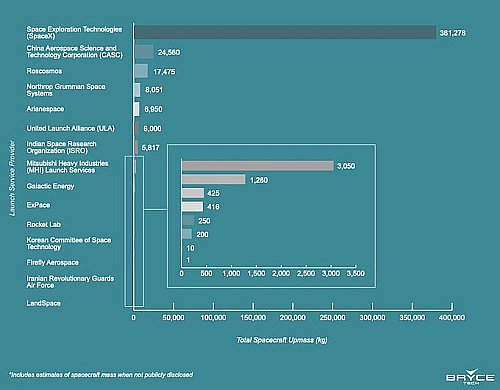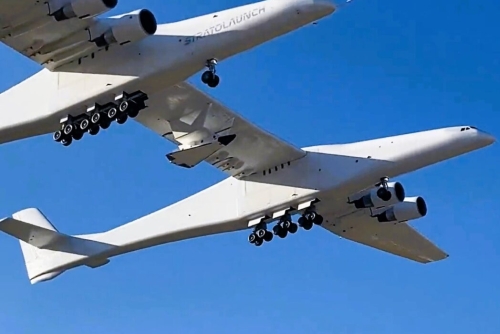Launch of Intuitive Machines Nova-C lunar lander delayed until February

Because of scheduling conflicts impacting other SpaceX launches now, SpaceX and Intuitive Machines have delayed the launch of the latter’s Nova-C lunar lander from a mid-January to a mid-February launch window.
The conflict involves the use of the launchpad, that the Falcon Heavy also uses. Technical issues had forced SpaceX to reschedule its next launch to December 28, 2023, leaving little time afterward to reconfigure the pad for the Falcon 9 Nova-C mid-January launch window. Any Falcon Heavy launch delays due to weather would likely make that mid-January window impossible, so the companies have decided better to reschedule now.
Nova-C is targeting a crater rim near the Moon’s south pole, as shown on the map to the right. The floor of that crater is thought to be permanently shadowed, but Nova-C does not have the capability to enter it. This mission is mostly an engineering test mission, to prove Intuitive Machine’s design. If it works, it will operate on the Moon surface for one lunar day, about two weeks. The company then has two more lunar missions contracted with NASA, with the next mission aiming to fly in 2024 as well.

Because of scheduling conflicts impacting other SpaceX launches now, SpaceX and Intuitive Machines have delayed the launch of the latter’s Nova-C lunar lander from a mid-January to a mid-February launch window.
The conflict involves the use of the launchpad, that the Falcon Heavy also uses. Technical issues had forced SpaceX to reschedule its next launch to December 28, 2023, leaving little time afterward to reconfigure the pad for the Falcon 9 Nova-C mid-January launch window. Any Falcon Heavy launch delays due to weather would likely make that mid-January window impossible, so the companies have decided better to reschedule now.
Nova-C is targeting a crater rim near the Moon’s south pole, as shown on the map to the right. The floor of that crater is thought to be permanently shadowed, but Nova-C does not have the capability to enter it. This mission is mostly an engineering test mission, to prove Intuitive Machine’s design. If it works, it will operate on the Moon surface for one lunar day, about two weeks. The company then has two more lunar missions contracted with NASA, with the next mission aiming to fly in 2024 as well.



